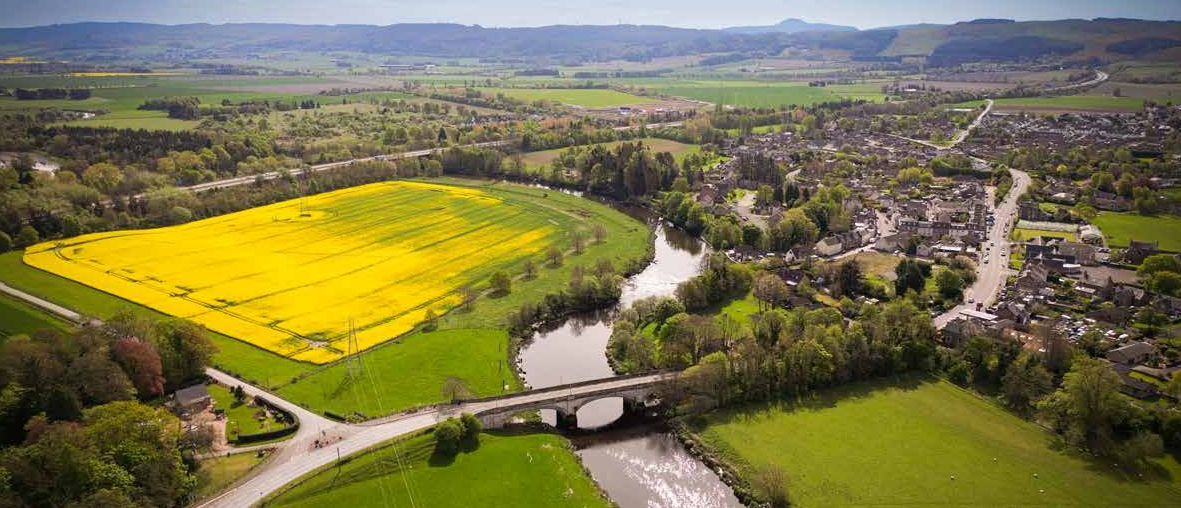Factors influencing property price that can tip the scales either way
The basis of all property value is what buyers are willing to pay. And, what they are willing to pay for a property depends on an aggregation of various factors. Today, our focus is on the unretired and long-standing factors influencing property price. There is more to face value, and it’s not all about square footage, number of bedrooms and bathrooms, and location. Whether you are selling or buying, it is helpful to keep these in mind when determining the value of a house.
Property Market
The property market is not immune to the fundamental law of supply and demand. When the number of houses for sale exceeds buyers, the prices are low. If there are more buyers than property for sale, that drives prices up.
Policies and regulations, too, can affect the behaviour of the housing market. Changes to the interest rates are a crucial determinant. When the interest rates are low, the cost of borrowing to pay for a house is less, and more people can afford to borrow for a house purchase. It also means the increased demand will push the prices up.
Smaller deposit requirements and stamp duty holidays too can have an impact. Market conditions decide the time it takes for a property to sell. Homes sell quickly in a seller’s market and take longer in a buyer’s market.
Size of the property
Bigger the better and also bigger the more expensive is a time-tested key factor in real estate. When it comes to the size, the size of the garden/land and the square footage of the property itself matters. It’s about livable space – a sizable garden offers the possibility for extensions, a generous loft provides extra living space, and a garage can be for its intended purpose or the chance to extend.
Location
The real estate mantra ‘location, location, location’ is said for a good reason. Neighbourhoods closer to good schools, travel links, employment opportunities, shopping, entertainment, and recreation tend to have higher house prices. Areas with a high crime rate, noise pollution, air pollution, heavy traffic, or the ones on a known flood plain lose their appeal to potential buyers. Properties near wind farms, power lines, or mobile phone towers are considered visually unaesthetic. Unpleasant history like crime or superstitious associations like hauntings or number 13 can reduce the sale price. Waterfront properties with fishing rights have prime price tags.
Condition of the property and age
The type of home also plays a role in deciding the price. New builds generate more value due to new and more reliable plumbing, electrical, roof, and modern fittings and fixtures. They are also more energy-efficient and feature open-plan layouts. New-builds comply with building regulations and come with warranties. Developers offer incentives such as part exchange, assisted sale of your current property with all conveyance expenses paid, and flexibility to choose design features. It is also chain-free buying. Old-builds, on the other hand, have character, an established community in the neighbourhood, and spacious attics. Signs of water damage, mould, or disrepair can cause home values to fall.
Interior
The number of bedrooms and bathrooms and their spaciousness play a role in the value. The availability of garages, office space, fireplaces, swimming pools, and energy-efficient heating systems also influence property prices.
Planning and building regulations
Any illegal extensions or home improvements have an impact on property value. Nobody wants to inherit ongoing legal issues.
Upgrades
Kitchen extensions, upgraded fittings, underfloor heating, double-glazing, bi-fold doors, new plumbing, updated electrics, dimmable light fixtures, smart technology, and loft conversions have the potential to increase home sales. Limited proportions of a property with the wrong or unnecessary improvements can also put off buyers.
Potential for renovation
The chance to increase the floor space with extensions and loft conversions is a plus when buying a home. Homes in a conservation area or a listed building need planning permission.
The value of a property has many deciding factors. Consider most of them, if not all, to make a well-informed decision. If you prefer to build a home to the scale and design of your choice or want to consider outstanding developments with quality builds, get in touch with GS Brown Construction today.




